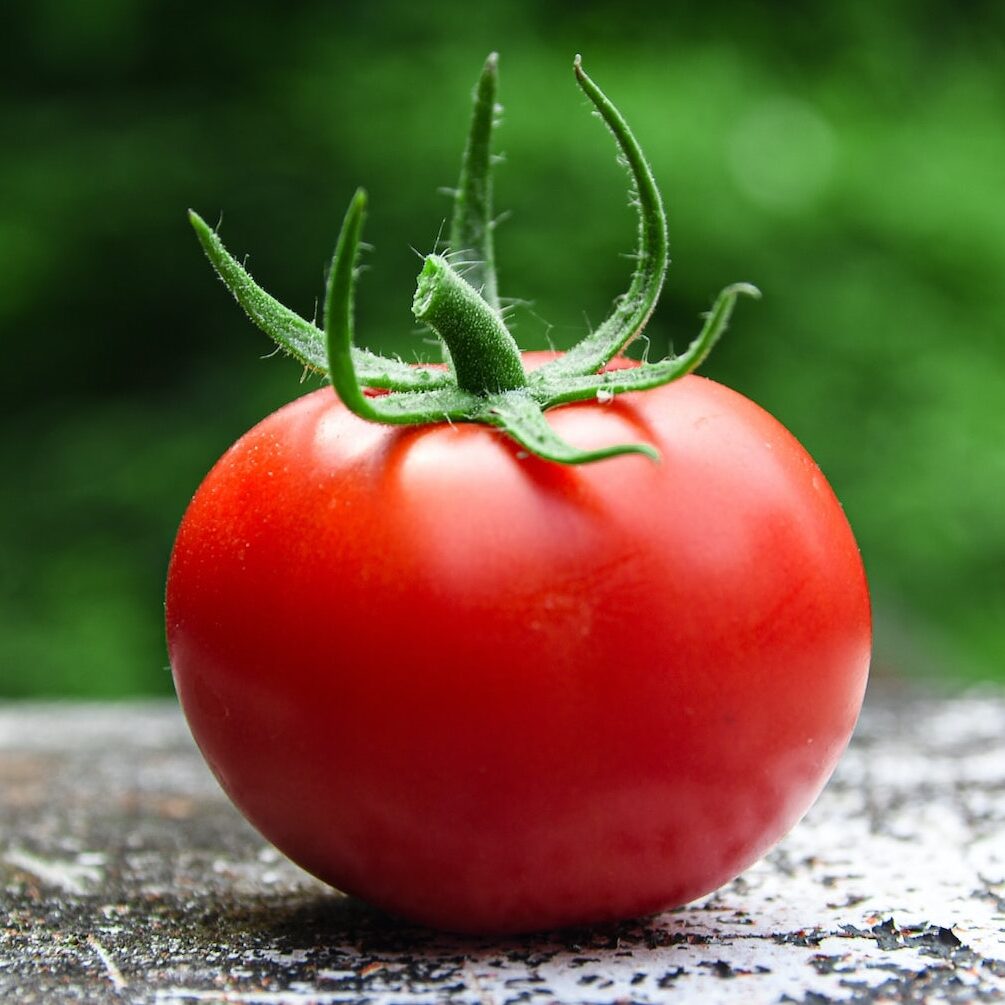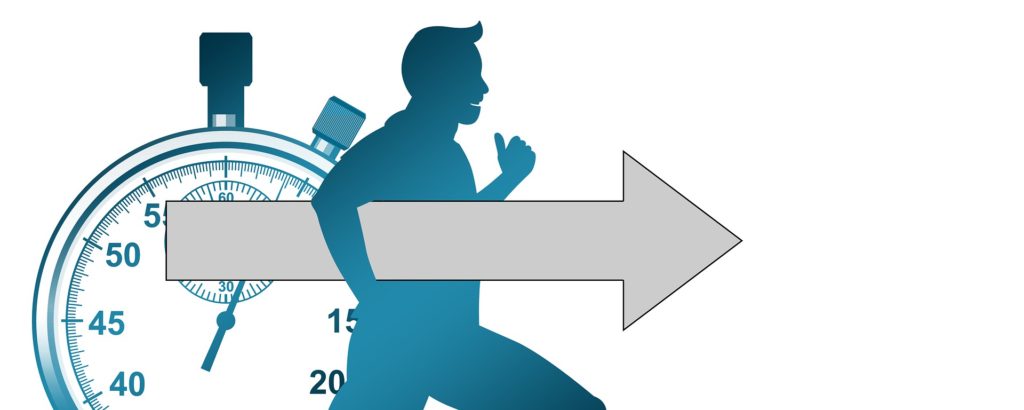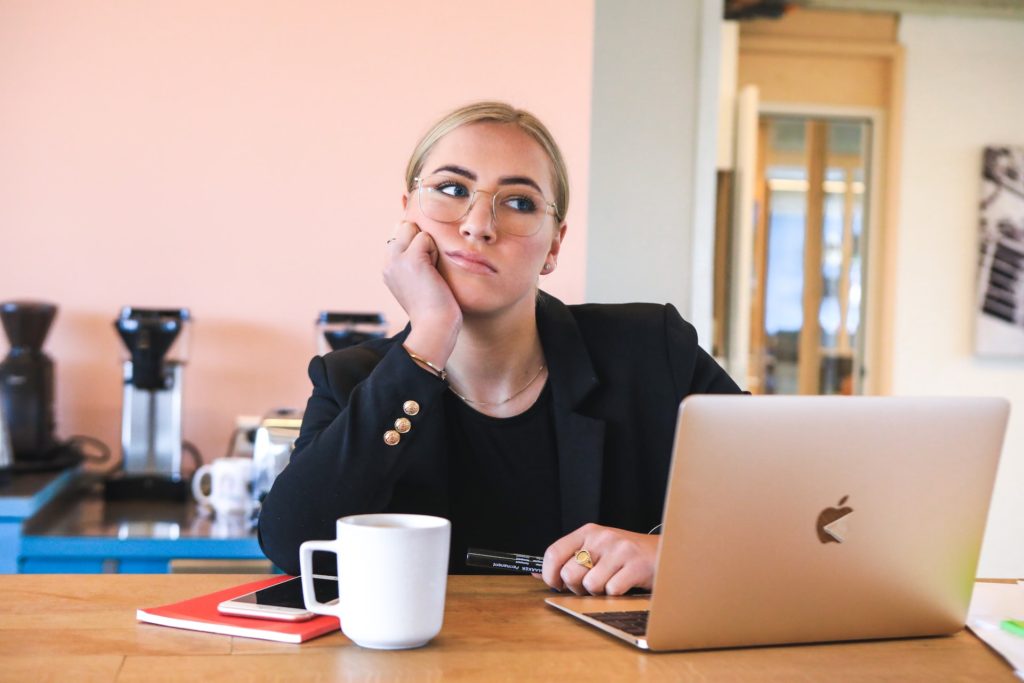Studying effectively is crucial for you. Apart from learning faster, it allows you to keep information for longer periods of time and get better marks on assignments.
However, it’s not only about being in front of a computer or a notebook and analysing and memorising for a test; it can also be about cooking a new dish or mastering a song on the guitar.
Studying is all of this.
But during this process, your focus might be threatened by distractions that may not be aligned with your objectives.
This article gives you some practical tips and tricks for making the most of your learning time, whether you are in high school, at university, or just a lifelong learner. These strategies will, for sure, help you become a more efficient and effective student.
Let’s crack on with these techniques.
Today’s Focus of Attention is reader-supported. We sometimes include products we think are useful for our readers. If you buy through links on this page, we may earn a small commission.
Create a Study Schedule
For several reasons, having a list of activities is essential.
First, it makes you more proactive and ensures you devote enough time to your projects. Along with that, it helps you prioritise your tasks, making you focus on what’s important. Moreover, a schedule keeps procrastination at bay.

How to Create Your Study Schedule?
- Establish how many hours you can set aside to learn, considering your other activities, such as work, school, and, of course, your personal life.
- Decide which task requires more attention.
- After setting your priorities, allocate the right amount of time for each subject.
- Make room for breaks and downtime. This will keep you focused while avoiding burnout.
- Stick to your programme as much as possible, but adjust if necessary. Bear in mind that your schedule is not set in stone. You can modify and readjust that plan at any moment, depending on any new activities.
Pomodoro Technique
This approach was developed in the late 1980s as a simple and effective way to be more productive while studying or working.
Pomodoro involves dividing your time into 25-minute intervals, called “pomodoros,” separated by 5-minute breaks.
The point is to be intensely focused for 25 minutes, followed by a short break to recharge batteries before starting with the next pomodoro. After four cycles, take a longer pause, say, 20 minutes.
The Pomodoro Technique was devised to increase productivity and make the day more manageable.

Establish A Study Environment
If you’re in a noisy, cluttered, and uncomfortable setting, well, change things.
A good studying atmosphere turns you into a more focused person while also helping you retain information longer. This comfortable and distraction-free environment directs your energy and ditches procrastination.

Steps to Create An Effective Study Environment
- Find a quiet location. It’ll help you concentrate without being disturbed by noise. A library would be a nice place, as would a calm coffee shop, or, if possible for you, set up a space in your house.
- Minimise distractions coming from your phone and other devices. An excellent technique for that is using noise-cancelling headphones.
- Have all the necessary materials at hand, such as notebooks, pencils, pens, and a laptop, so you don’t waste time standing up searching for them.
- Last but, of course, not least, is your posture and comfort. Do not scrimp on a good chair. Invest in a nice one and a desk that fits your needs. It’s frustrating to study using a plastic bench and a hard-to-reach table. This comfort will undoubtedly assist you in remaining focused on your tasks.
Active Learning Techniques
Active learning is about participation and engagement in the educational process.
To illustrate, instead of simply listening or reading, this method allows you to understand faster by summarising, creating mind maps, formulating questions, discussing, and solving problems.
Summarising helps to reinforce understanding and improve memory recall. Condense the material into a few sentences or, if you prefer, bullet points. They are easier to visualise and remember than a wall of text.
Mind maps and flash cards are super useful for organising information, as well as reviewing key concepts. You can rearrange them to understand the relationship between ideas.
Test your knowledge on the subject. Come up with questions before, during, and after studying or examining data.
Discussing with others provides new perspectives. Do it with your colleagues, classmates, or even friends or family.

Understood the material, practice in real-life scenarios. Try working with examples, creating case studies, or solving problems. Find a practical way to apply what you’ve learnt. You will benefit from active learning because you’ll understand the information, improve retention, enhance your critical thinking and problem-solving skills.
Make The Most of Your Study Time

To stay focused, here are some tips to fan the flames:
- Set feasible goals. Use the SMART approach — specific, measurable, achievable, realistic, and timely — to identify your ambitions. This will keep you fixated and motivated throughout your sessions.
- Whenever you accomplish a goal, no matter the size, reward yourself with a brief break, a snack of your preference, or an activity you enjoy.
- Alternate the way you study. Try with note-taking, then switch to reading, listening, or problem solving.
How to Avoid Procrastination While Studying?
The first thing you must do is determine what is causing you to procrastinate. For instance, if you get distracted by your phone, put it in a different room while you are reading or working.
Creating a to-do list also helps you accomplish and prioritise your objectives. With that list, you will have a clear picture of what needs to be done.
Another recommendation is to set a timer. The 25-minute cycle of the Pomodoro Technique is a good start. When the timer goes off, take a break, and repeat.

Importance of Rest

Taking breaks while working or studying can be the difference between being focused and burnt out. Time off helps you have more stamina and avoid fatigue, refreshing body and mind.
To get enough sleep is likewise relevant, given that it is at night when the brain resets itself.
Keeping a healthy mind is paramount, but the body also has to be in shape. Exercise more regularly to produce an avalanche of ideas and thoughts.
A balance between learning, working, and resting is foremost. Otherwise, you’d end up tired, and in no mood to continue doing any task. Be careful with that.
In this article, we talked about some tips and strategies for studying effectively, such as active learning, a study schedule, a conducive environment, and the importance of getting enough rest.
By following these recommendations, you can make the most of your time and achieve your goals as God intends. Just remember to be kind to yourself and take breaks every once in a while.
Know that all your educational efforts will pay off, but you must start now. The more you learn, the better equipped you’ll be to succeed in life.
I hope you find this information useful.


